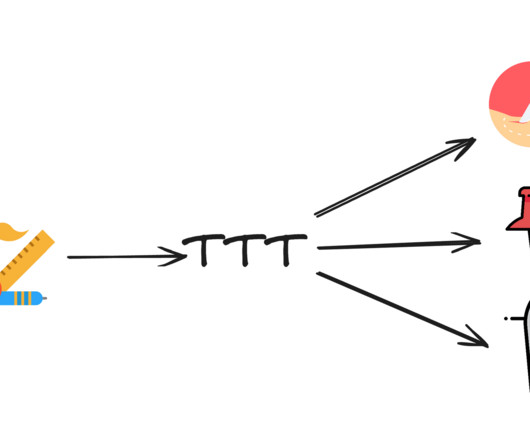MAS Seeks Feedback to Close Regulatory Gaps for Crypto Service Providers
Fintech News
OCTOBER 8, 2024
The aim is to mitigate the risks associated with such businesses. The purpose of these requirements is to address the risks of money laundering and terrorism financing, to which DTSPs may be particularly exposed due to their cross-border operations.
















Let's personalize your content